Search
Search Results

Definition
Venus Figurine
The term Venus figurine is used to describe the more than 200 small statuettes of voluptuous female figures that have been found at Upper Paleolithic sites across Europe and some parts of Asia. “When paleoanthropologists refer to figurines...
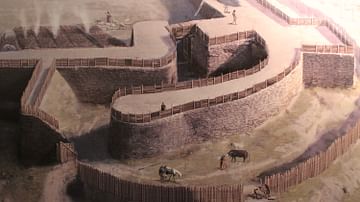
Definition
Oppidum
Celtic hilltop forts, often called oppida (sing. oppidum), after the Latin name given to larger settlements by the Romans, were built across Europe during the 2nd and 1st century BCE. Surrounded by a fortification wall and sometimes with...
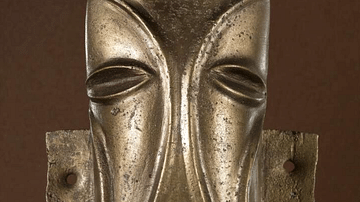
Definition
Ancient Celtic Art
Art, along with language, is perhaps the best way to see the connections between the ancient peoples we label as Celts who lived in Iron Age Europe. There were great variations across time and space but common features of ancient Celtic art...
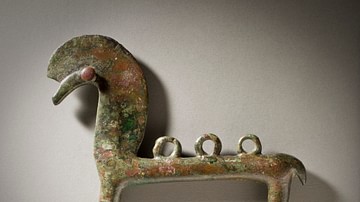
Definition
Villanovan Culture
The Villanovan culture flourished during the Iron Age in central Italy from c. 1000 to c. 750 BCE. It was a precursor of the Etruscan civilization, although the two populations are actually the same and the term Villanovan should not imply...
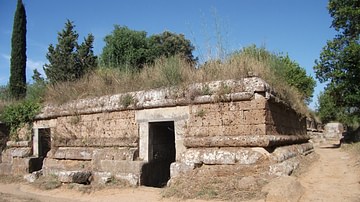
Definition
Cerveteri
Cerveteri (Etruscan name: Cisra or Caisra, Greek: Agylla, Roman: Caere) was an important Etruscan town which flourished between the 7th and 4th century BCE. Located near the western coast of central Italy, around 50 km north of Rome, Cerveteri...

Definition
Ancient Celtic Religion
The polytheistic religion of the ancient Celts in Iron Age Europe remains obscure for lack of written records, but archaeology and accounts by classical authors help us to piece together a number of the key gods, sacred sites, and cult practices...
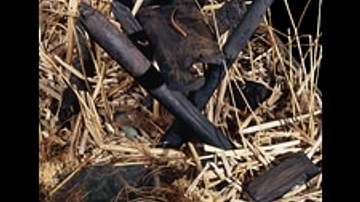
Definition
The Sweet Track
The Sweet Track is a Neolithic timber walkway, located in the Somerset Levels, England. It was originally part of a network of tracks built to provide a dry path across the marshy ground. The Sweet Track ran between what was then an island...
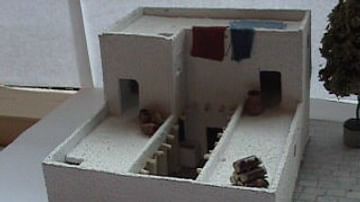
Definition
The Four-Room House
The four-room house, also referred to as “Israelite house” and “pillared courtyard house,” emerged in the central highlands of Canaan during the late 13th -early 12th centuries BCE in response to environmental and...
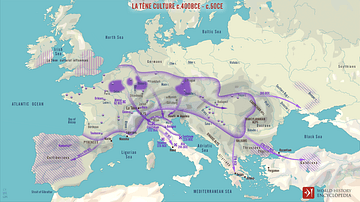
Image
Map of La Tène Culture
La Tène culture was a European Iron Age culture. It existed from about 450 BCE to the Roman conquest in the 1st century BCE. It was a successor of the Hallstatt culture and is generally considered one of the root cultures of the Celtic people...
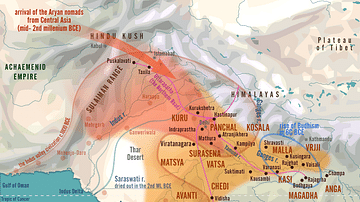
Image
India in the Vedic Age, 1500 BCE-500 BCE
A map illustrating the evolution of the cultures on the northern Indian subcontinent with the arrival of the Aryan nomads during the late Bronze Age and early Iron Age known as the Vedic age (c. 1500 – c. 500 BCE), when the Vedic literature...